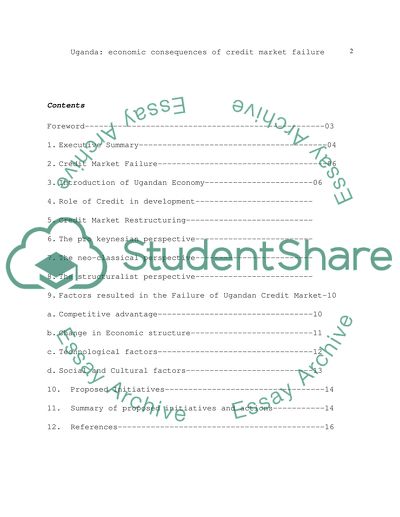Cite this document
(Economic Consequences of Credit Market Failure in Uganda Term Paper, n.d.)
Economic Consequences of Credit Market Failure in Uganda Term Paper. Retrieved from https://studentshare.org/macro-microeconomics/1527975-economic-consequences-of-credit-market-failure-in-uganda
Economic Consequences of Credit Market Failure in Uganda Term Paper. Retrieved from https://studentshare.org/macro-microeconomics/1527975-economic-consequences-of-credit-market-failure-in-uganda
(Economic Consequences of Credit Market Failure in Uganda Term Paper)
Economic Consequences of Credit Market Failure in Uganda Term Paper. https://studentshare.org/macro-microeconomics/1527975-economic-consequences-of-credit-market-failure-in-uganda.
Economic Consequences of Credit Market Failure in Uganda Term Paper. https://studentshare.org/macro-microeconomics/1527975-economic-consequences-of-credit-market-failure-in-uganda.
“Economic Consequences of Credit Market Failure in Uganda Term Paper”, n.d. https://studentshare.org/macro-microeconomics/1527975-economic-consequences-of-credit-market-failure-in-uganda.


